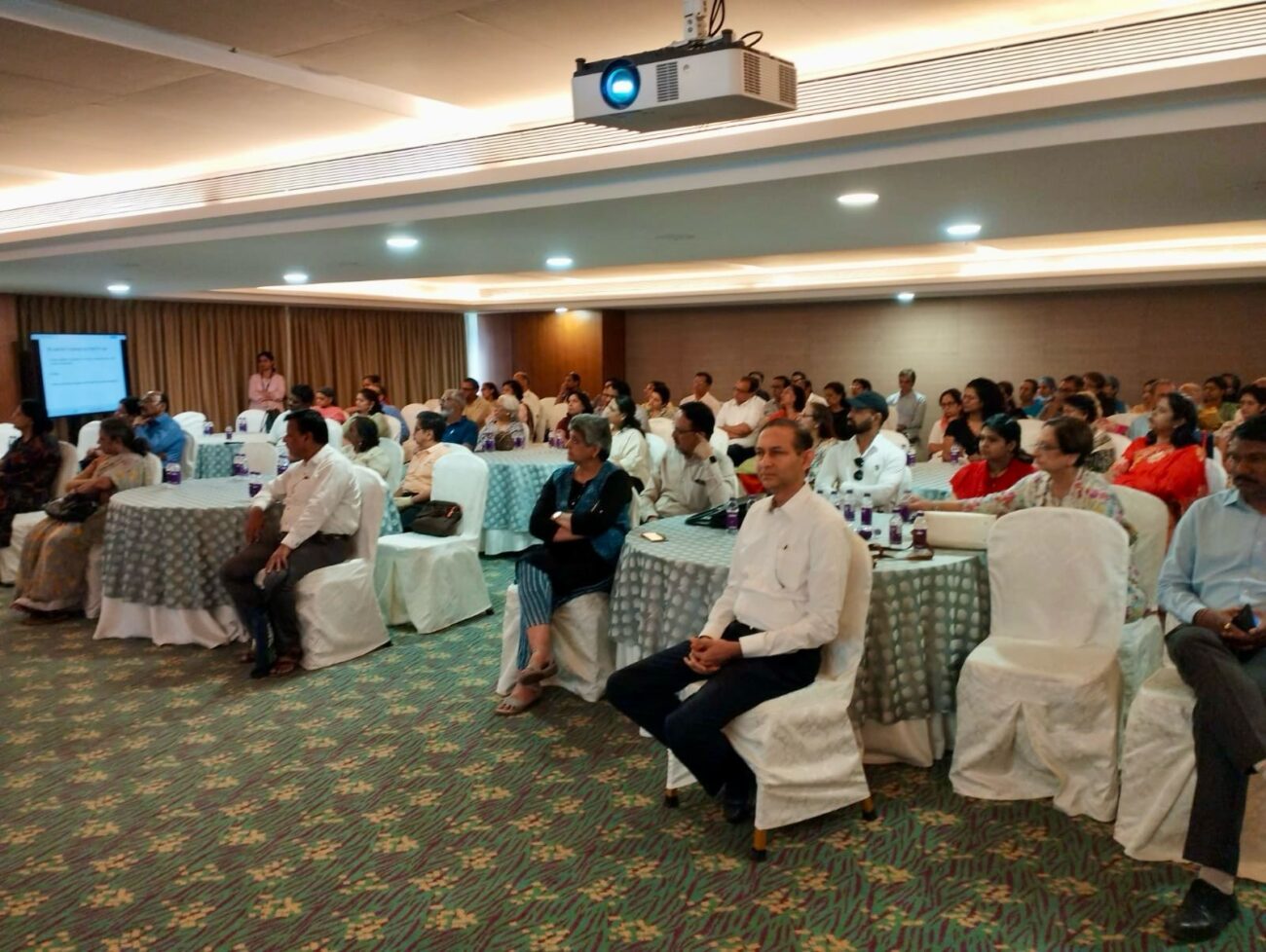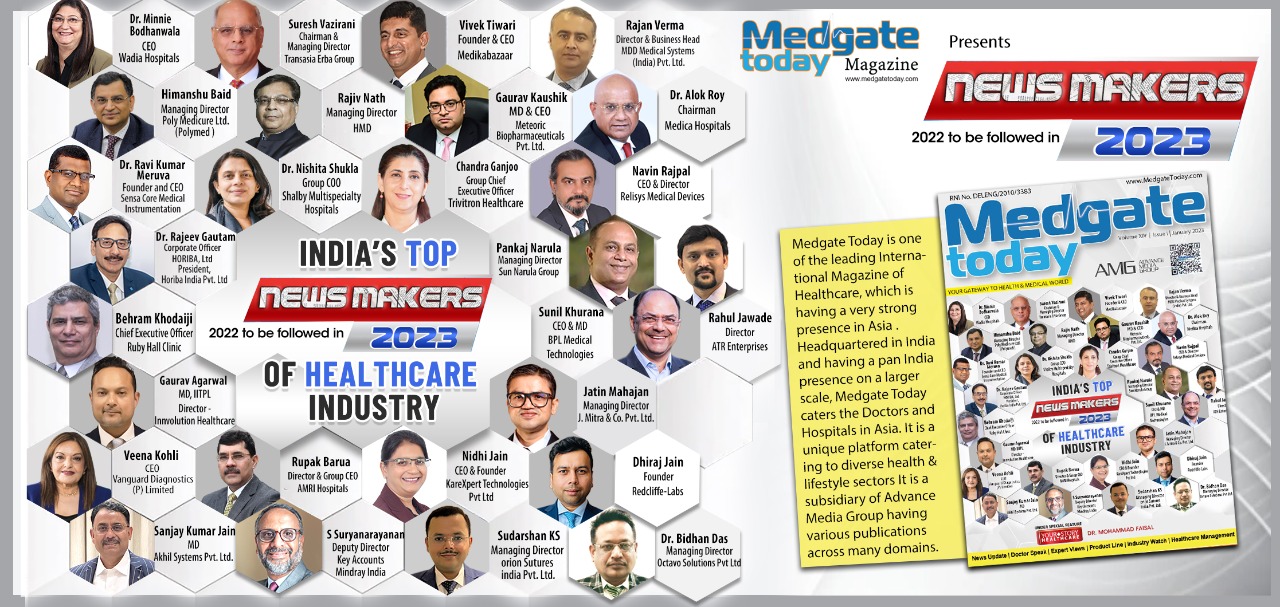IMPACT OF COVID-19 ON THE INDIAN HEALTHCARE INDUSTRY
Economic Tsunami, but with a Silver Lining The impact of Covid-19 on the Indian Economy in general and the healthcare segment in particular, is going to be huge. India was already facing an economic slowdown, demand
Economic Tsunami, but with a Silver Lining
The impact of Covid-19 on the Indian Economy in general and the healthcare segment in particular, is going to be huge. India was already facing an economic slowdown, demand depression and large-scale unemployment. This situation has been further compounded by the manpower shortage (due to social-distancing guidelines), supply side stress – be it due to logistics or plain simple shortage of raw products, or reduced cash flow and liquidity – all industries are finding it hard to sustain manufacturing and services processes. IMF (International Monetary Fund) and WB (World Bank) have cut their GDP forecast for India in 2020-21. While WB predicts a 1.9 % growth, IMF has pegged it at between 1.5 – 2.8 %.
The travails of the Indian healthcare segment are quite similar. For the manufacturing and production segment, raw materials supplies are at an all-time low. We have significant dependency on China for our raw materials – up to 70% for APIs, and 100% for some critical antibiotics. This is alarming, especially when the last couple of months have witnessed a significant rise in the procurement price for these APIs by 40-50%. Looking specifically at the Indian Medical Devices segment, a similar scenario comes to fore with woes related to supply chain management, raw materials etc. This is further compounded by the inverse duty structure which favours finished products (imported IVDs) over raw materials (made in India IVDs) – consequently leading to an unequal playing field for all domestic producers of IVD devices. This is also not in line with the Government’s Make in India initiative.
Various industry bodies, including AiMED have jointly approached the Finance Ministry (CBEC) to cut down import duty on raw materials and hike import duty on finished goods, which is the lowest in India amongst the BRIC countries. Just to cite an example, ELISA finished products (HS Code – 38220019 List 4 Sr. No. 32) have 0% duty and 5% IGST, whereas the raw material for ELISA kits under the same HS code attract 5-20% import duty plus 12% IGST – tilting the balance away from the home-grown manufacturers.
So, is this an all-grim situation?
Maybe Not. India has been able to withstand the Corona onslaught. The lockdown in the country has ensured that the virus does not spread as rapidly or as extensively as in many other countries. Quoting Hon’ble Prime Minister Modi – the lockdown looks costly from an economic perspective, but if we take into account the number of lives saved, this is but a minor cost (10 Apr, 2020). According to the IMF, India will still remain the fastest growing economy in 2020, and that could be a great morale booster.
There is a major silver lining to the corona aftermath – the pandemic has brought the focus back to some of the most important and critical aspects of the Indian Healthcare industry – heralding opportunities that were hitherto unthinkable.
Our vulnerability has been brought to the fore, and this harsh reality has initiated active discussions and planning on all fronts to counter any such repeat in the future.
In terms of volume, India is the 3rd largest producer of pharmaceuticals and related products in the world, and a major exporter of generic drugs to all parts of the world. There is a possibility of the world focus shifting from China to India as the primary producer and supplier of APIs, IVDs and generic drug, provided we are prudent enough to act fast and cash in on the situation. Strategic planning and implementation is the key. India has the potential to become the alternative supplier to global drug manufacturers replacing China due to growing distrust and possible sanctions.
The Centre acknowledges, and has taken cognisance of India’s need for self-sufficiency in APIs, IVDs and generic drug segment. It had set up the inter-departmental task force to look into the same in 2018, but the pace was slow. The current scenario is only going to provide an impetus to this task force to take on a more aggressive stance to boost India’s output.
The Central Government is actively looking at various industry recommendations in this direction. If all goes well as envisaged, India could end up being a major winner from the corona disaster.
Some recent developments indicate a concrete step in the right direction. The Government has allocated INR 3,000 cr to promote bulk drug parks in India along with a production linked incentive scheme of INR 7,000 cr. The Government has also announcement INR 140 bn fund for the establishment of three drug manufacturing hubs. It is also learnt that the government has identified 53 elements and APIs which will be the initial thrust in phase 1 of the governmental planning, and will be boosted on priority.
It recognises the various aspects critical for winning this race – ensuring a cost advantage over China, faster government permissions and single-window clearances, ease of doing business, adequate financing, competent infrastructure, soft loans with longer repayments – these are aggressively being looked at.
Other focus areas are – creation of large clusters with common infrastructure, facilities, subsidies for technological upgradations so that there is higher sustainability and economies of scale. The government is also looking at various options to enable the re-opening of 18 defunct API plants that were closed down fully or partially because of unviable cost implications.
But this is not the first time that the government has taken cognisance of this alarming reality. This is a long-standing concern of both the industry and the policy makers, but Governments have continued to drag their feet on the subject rather than take concrete result-driven, time-line specific actions
Speed is of great essence here – if India has to succeed in capturing a significant portion of the market up for grabs, they have to display aggression and garner the first mover’s advantage. An opportunity like this is not likely to surface for a long long time.
Will we rise up to this occasion?





